How I brought my short film, “The Shadow,”
from idea to film festival
Written by Bridget Barbara
Making your first film can feel terrifying, or even impossible. But if you view the process as a learning experience, you can reframe any problems, mistakes, or failures that arise as the necessary trials and tribulations that bring you one step closer to eventually mastering it all. In the end, you’ll be grateful to have a production under your belt, and a clearer view of how to proceed next time. (And you never know, your film may even win some awards!)
In this article, I will talk about how I brought my short film, “The Shadow” from idea to film festival. “The Shadow” was my first produced short film. It cost just under $1,000 to make, and my partner and I did everything from writing and directing, to cinematography, editing, graphics, sound design, scoring, and color correction. It was a two-person crew all the way through. We both had experience in TV production and post-production, but we also wanted to learn how to wear some different creative hats. (We watched many how-to tutorials throughout the process.) In the end, such a small crew enabled us to keep an intimate collaborative environment, as well as be a more appealing “production crew” to locations that didn’t want a large group of people to keep an eye on. While a small crew may not be possible for most productions, it’s important to realize that you really can make a movie with a camera and a small group of friends. Just be prepared to work hard.
Developing a Concept
I have a note in my phone where I frequently write down half-baked story ideas. It’s great, because you always have your phone with you, and inspiration can strike at any moment. The idea for “The Shadow” came to me one day when I was watching a random YouTube video with a very sad song playing in the background. The song, which I have now forgotten, was simple and slow, and it created visions in my head of a very sad girl. That was the seed of the idea: a girl, running away from something, clearly distressed.
From there, I tried to explore the feeling of loneliness, and manifestations of that. What is it like to be by yourself and afraid? What does sadness and depression look like? What could they look like in the horror world? I came up with the idea of a shadow always looming, and having to interact with it, deciding whether to give in or fight.
I set my short film in the nondescript past, partly because I love history, and partly because I wanted the story to be simple, without the distraction of technology. The focus was on the girl and the shadow – no cell phones to connect her with the outside world.
I chose to move forward with this idea, because as my first ever short film, it seemed actually doable with a limited budget. As a passion project, we wouldn’t be paying ourselves. There would only be one actor needed (played by me), and the graphics required to create the shadow figure felt like something my partner, who had graphics experience, could tackle. All we’d need was gear, and a place to film. One of my closest friends is a hair and makeup artist, and another friend kindly volunteered to make a quick appearance in the bedroom scene as the innkeeper. We had all the pieces in place. This felt like the epitome of “use what you have.”
Pre-Production
I spent some time researching to find locations that would work as a setting for “The Shadow.” Finding a real historical place to film seemed like an impossibility, and I received a few rejections. But then, one outdoor museum in New Hampshire agreed to let us film there after hours. I believe that introducing yourself as an amateur filmmaker can create opportunity. People are often sympathetic and will not apply the same restrictions (and fees) that professional productions are required to abide by.
I purchased props and wardrobe primarily from thrift stores like Goodwill, and a couple of items online that I could find nowhere else.
I storyboarded most of the film ahead of time so that my partner and I were both on the same page about how the film should look. It was meant to be a basic outline, not set in stone. We knew that we would get inspiration from each location, and we’d do what felt right during the shoot. More important to us was the feel of the film. Does it capture that quiet, that loneliness?
Production
Most of the film is set at nighttime, so we chose to film on a Sony α7S II, which was known to perform well in low light, and which worked with our budget. The whole short film was shot in a single weekend. On Saturday, we filmed the woods and bedroom scenes. On Sunday, we filmed the exterior town and interior tavern scenes. We did this in order to minimize the duration of our gear rental.
Acting in scenes while also directing felt relatively simple, because I had a partner I trusted, and because we had laid the groundwork in pre-production. I’d set up a shot or angle, and my partner would get the shot, often contributing ideas or adjustments as filming went on. After we’d film a few takes, I’d watch playback on the monitor to make sure we were capturing what I wanted. For me, a collaborative environment was crucial. It was a learning process for us both, and sometimes that learning came from listening to my partner’s opinion or perspective.
The longest scene to film was the bedroom scene, because of the low-light setup and the tracking. We used gaffer tape to mark out tracking spots on the wall that we’d use later to key in the ominous figure. (I was acting with a white wall and some X marks.) At first we set up a dim light panel behind the bed to light the bedroom scene, but we realized that candles worked just fine by themselves, because the camera performed well in the low light. We had a real candle plus a few battery-powered ones to set the spooky mood. In post-production, we altered the faux candles to be the same hue as the real ones.
One interesting thing we learned was that footsteps are difficult to capture on a shoot. With the camera person walking in tandem with me in the woods scene and exterior town scene, the result was a jumble of footsteps on crunchy leaves and gravel. Because of this, we had to edit in footsteps in post-production.
Post-Production
For a streamlined story with only one camera and one actor, the first cut of the short film was a breeze. However, the grueling hours of work began when it was time to insert the entity (the “shadow”) into the cut. The shadow figure was made by filming me in front of a green screen, then using Adobe After Effects to key out the green and turn the whole figure black.
Then we played around with opacity and blurring until we had what looked like a shadow. The smoke at the end of the film was created using a Video Copilot toolkit.
Many hours were spent digitally painting out light switches and wall outlets that we hadn’t been able to hide while shooting. This was probably the most time-consuming part of post-production, but it was unavoidable.
The film was colored using DaVinci Resolve, and it was scored using Logic Pro.
Once we had what felt like a finished cut of the film, I showed it to my family, whose opinion I get on almost every creative work I do. Their response indicated to me that we had a finished product.
Submitting to Film Festivals
I submitted “The Shadow” to festivals using FilmFreeway. It was a very simple, straightforward process. Submitting your film to festivals can be a bit like applying to college; there are countless film festivals out there, and it can be difficult to choose which ones to try for.
Different festivals are known for different things, and you’ll need to find which festivals best suit your specific goals. It’s also helpful to come up with a list of festivals that cover your bases – ones you think you have a chance of getting selected for, and maybe a few “reach” festivals. (You never know!) The important takeaway is: Don’t be the one to say no to yourself. And keep in mind: submitting to film festivals costs money, so make sure you’ve factored this into your overall budget. Research is key here to come up with your festival strategy.
Overall, any first film will be a huge learning process for those involved. On “The Shadow,” I learned more about what NOT to do than what to do. I acquired invaluable, hard-earned experience that will help me immensely the next time around. My biggest piece of advice for anyone who wants to create a film is: Don’t wait around for someone to give you an opportunity. Get the ball rolling, start creating, and start learning from your mistakes and failures.
Make something, learn from it, and do it again. And again. And again.
Bridget Barbara‘s professional background includes 7+ years of experience in television production and post-production and 5+ years of experience in web content production. Since starting her first YouTube channel in 2015, Bridget has produced content in 15+ countries worldwide, presented at live speaking engagements, as well as been interviewed on live television and radio. Bridget’s short film, “The Shadow,” is the story of a woman who emerges from the woods and finds herself in a desolate town. The warm glow of a nearby window promises her refuge, but not all promises are kept. “The Shadow” was an official selection at FearNYC, the Independent Horror Movie Awards, and the Women in Horror Film Festival, and received a Best Actress Award at the Independent Horror Movie Awards.
www.amazon.com/dp/B08LZH9ZZT
www.youtube.com/thecuriousworld
www.instagram.com/thecuriousworld


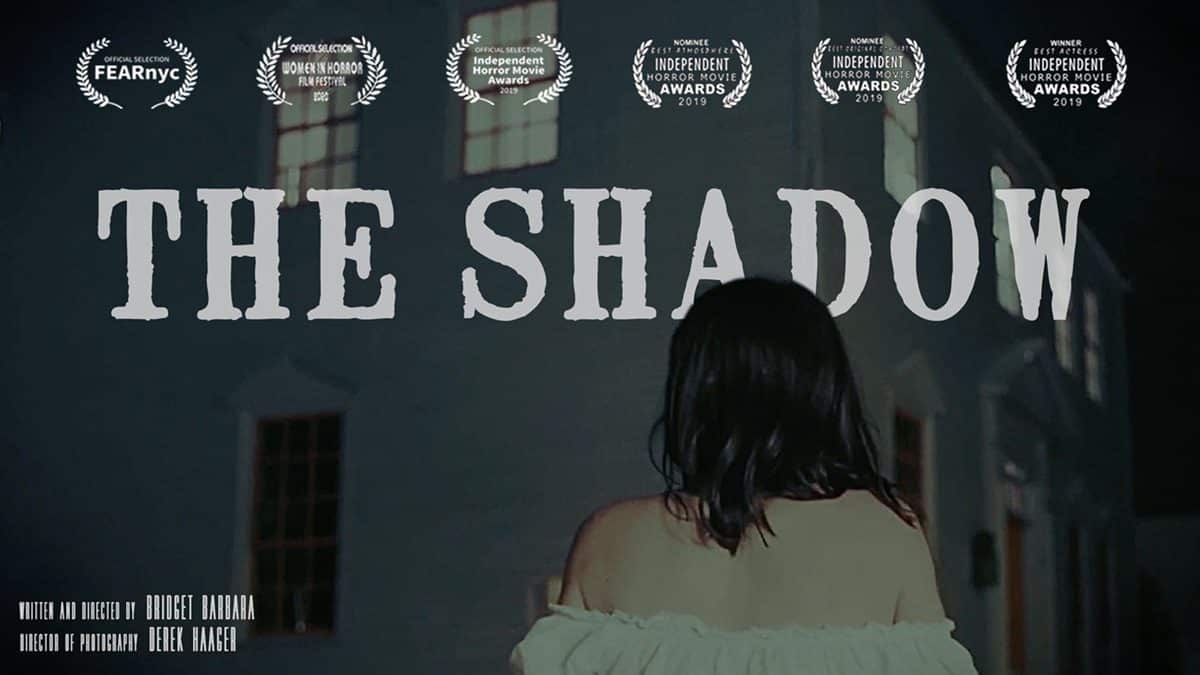
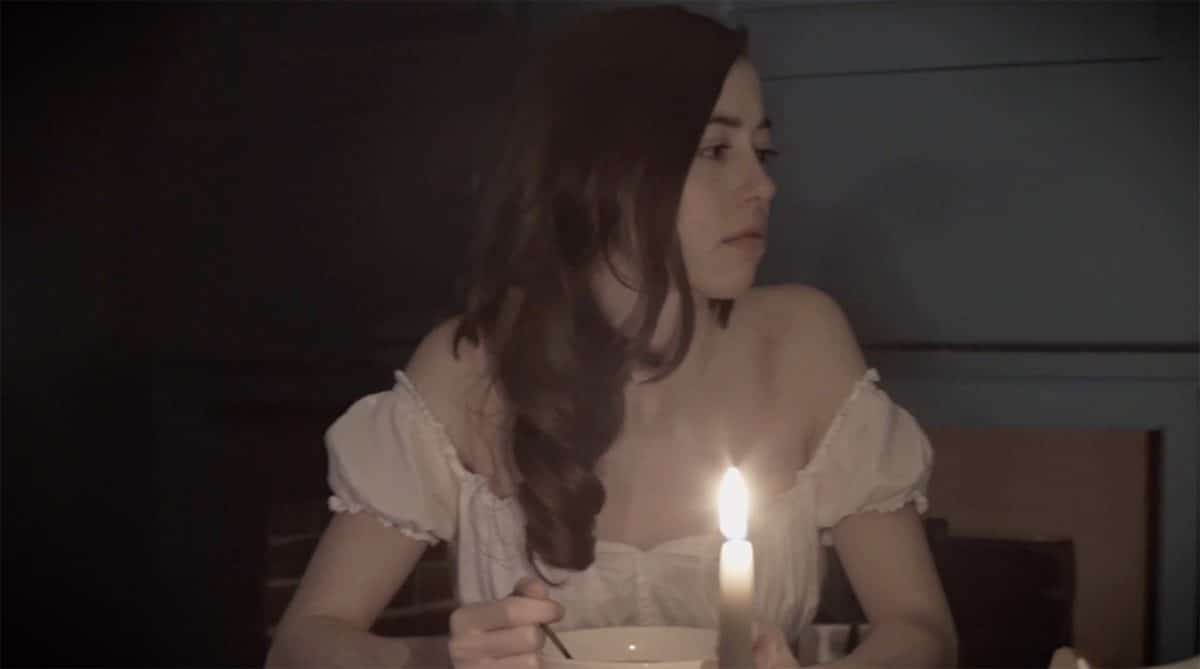
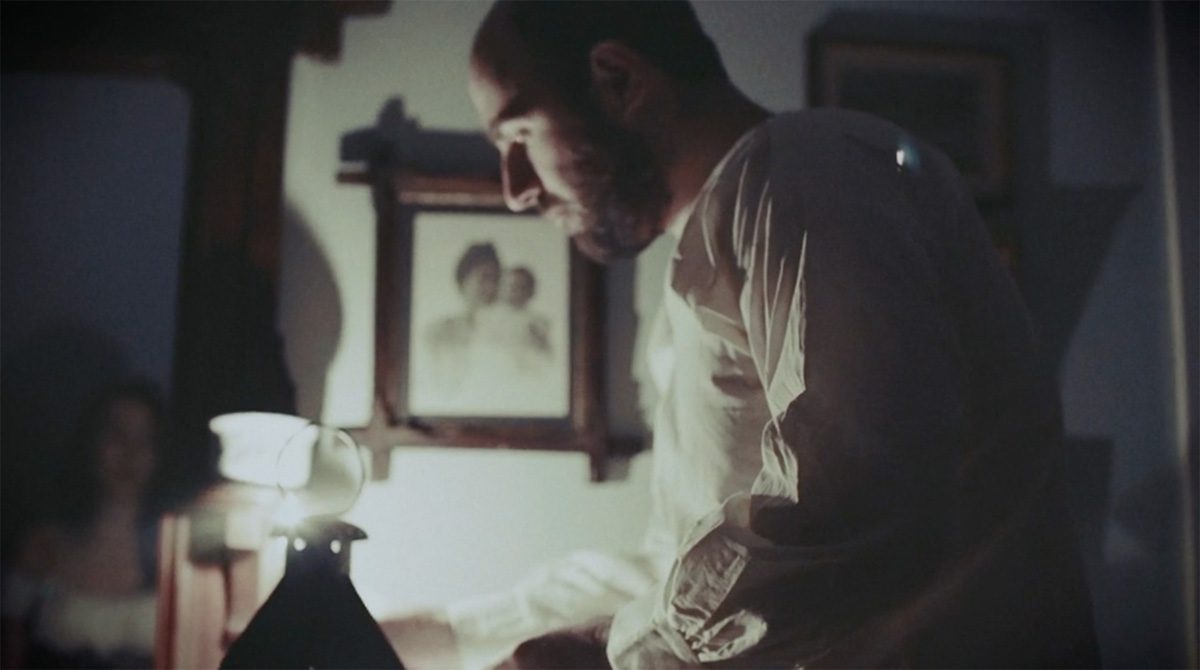

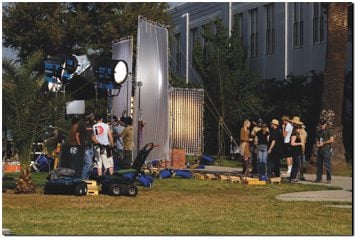
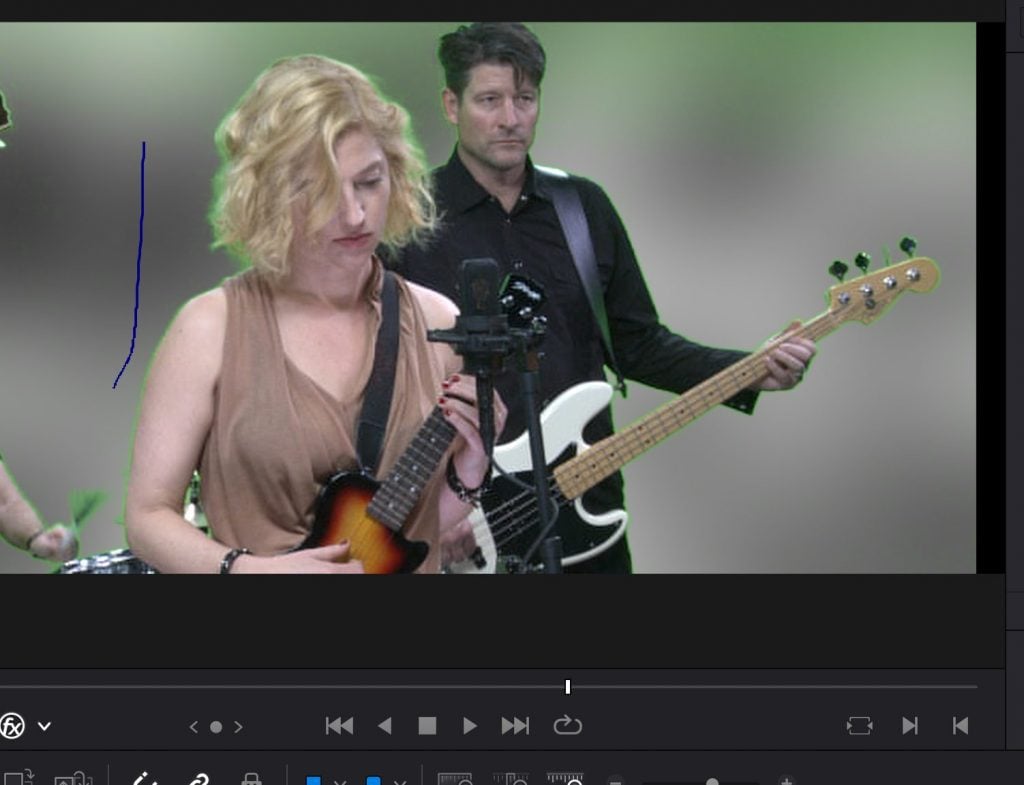

One thought on “You CAN Make a Movie with One Camera and a Small Group of Friends”
I wonder why it says I can’t watch on Amazon in my location.